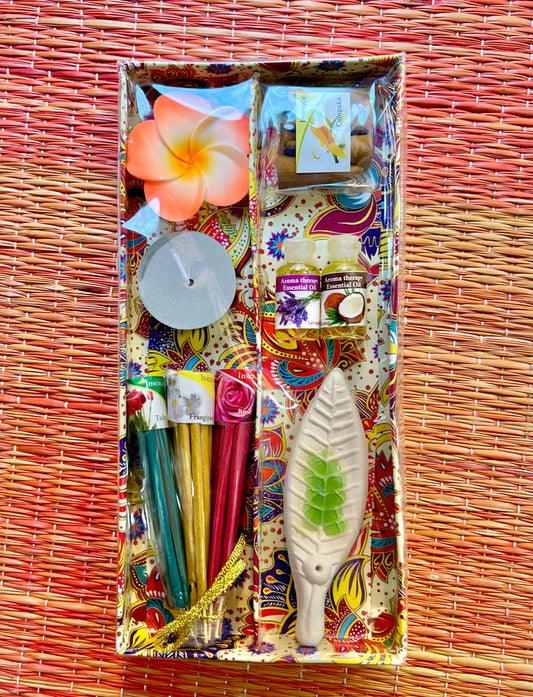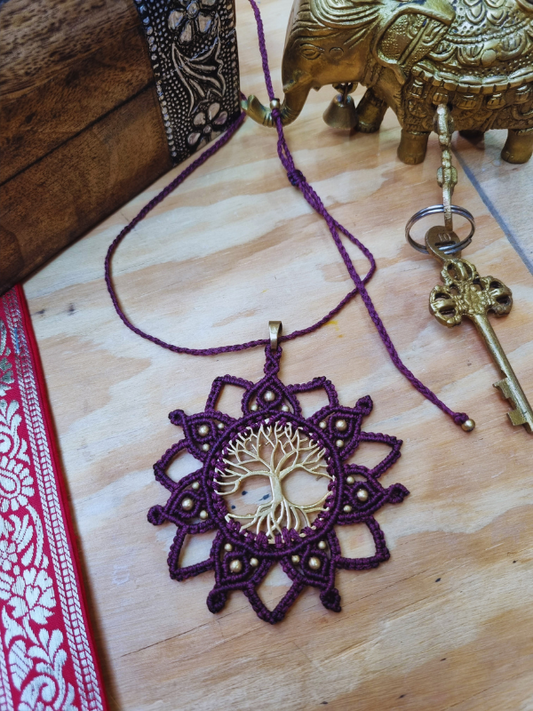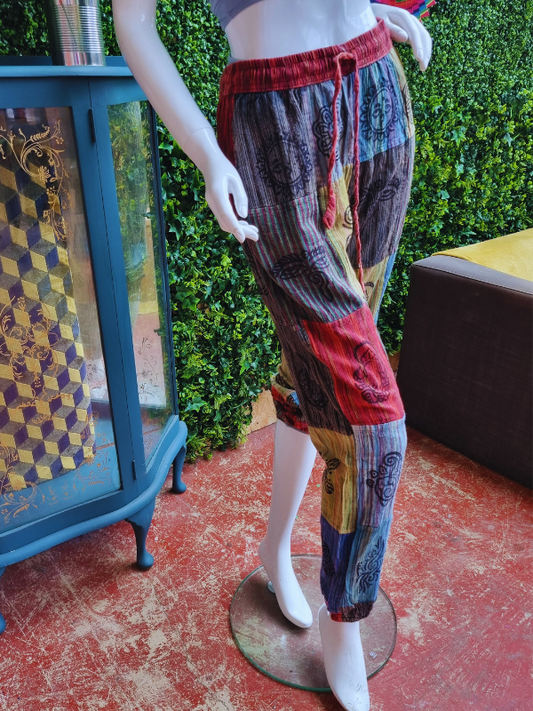When it comes to fostering an environment filled with tranquillity, positivity, and spiritual richness, few objects match the influence of Buddha statues. Revered not only for their aesthetic appeal but also for their deep symbolic and cultural meaning, these statues can be powerful tools for enhancing both personal and environmental well-being. But selecting the right Buddha statue is not merely about choosing a beautiful piece—it involves aligning your intentions with specific postures, materials, placements, and spiritual meanings.
This detailed guide will walk you through everything you need to know about choosing the perfect Buddha statue to welcome peace and prosperity into your life and space.
1. Understanding the Deeper Meaning of Buddha Postures (Mudras)
One of the most essential aspects of choosing a Buddha statue lies in its mudra, or hand gesture. Each mudra has a unique symbolic meaning and is associated with particular teachings and benefits.
Most Common Buddha Mudras and Their Meanings:
-
Dhyana Mudra (Meditation Pose):
The Buddha sits in a meditative position with both hands resting in the lap, palms upward. This mudra promotes serenity, inner peace, and spiritual awakening. It's ideal for meditation rooms or personal reflection spaces. -
Bhumisparsha Mudra (Earth-Touching Pose):
With the right hand touching the earth and the left resting on the lap, this pose represents the moment of the Buddha’s enlightenment. It Symbolises grounding, stability, and spiritual strength. Place this in a quiet corner or altar. -
Abhaya Mudra (Protection Pose):
The right hand is raised with the palm facing outward, signalling fearlessness and reassurance. This posture is perfect for warding off negative energies and promoting protection. Great for entryways or facing the front door. -
Vitarka Mudra (Teaching Pose):
The Buddha’s hand forms a circle between the thumb and index finger. This mudra is about teaching, discussion, and intellectual wisdom. Ideal for study spaces, offices, or libraries. -
Dharmachakra Mudra (Turning the Wheel of Dharma):
Both hands are held near the chest, symbolising the teaching of the first sermon. It’s ideal for those seeking deeper knowledge and transformation through learning.
Choosing the right posture depends on what you want the statue to bring into your life—be it calmness, protection, wisdom, or enlightenment.
2. Choosing the Right Material: Energy and Aesthetic in Harmony
Buddha statues are available in a variety of materials. Each material radiates a distinct energy and aligns differently with your environment and intention.
Popular Materials and Their Symbolism:
-
Bronze or Brass:
Durable and classic, these metals have been used in spiritual art for centuries. They represent strength and spiritual endurance and are ideal for altars, temples, or long-lasting installations. -
Wood:
Organic and warm, wooden statues connect closely with nature. They are great for homes focused on grounding energy, simplicity, and rustic spiritual vibes. -
Marble or Stone:
These signify purity, serenity, and timelessness. A white marble Buddha statue in a garden or indoor sanctuary can create a sacred and calm ambience. -
Clay or Terracotta:
Earthy and symbolic of humble beginnings, clay Buddhas are perfect for those seeking spiritual grounding and a minimalist lifestyle. -
Resin or Fiberglass:
These modern materials offer affordability, durability, and a wide range of styles. Great for contemporary spaces where you want both style and meaning.
Your choice should reflect your home’s decor and the spiritual essence you wish to amplify.
3. Placement Principles: Where and How to Position Your Buddha Statue?
Where you place your Buddha statue significantly affects the kind of energy it brings into your life. Improper placement not only disrupts the flow of positive energy but can also be seen as disrespectful.
Key Placement Guidelines:
-
Never place a Buddha statue directly on the floor. Always elevate it on a clean platform, table, or shelf.
-
Avoid placing statues in bathrooms or near shoes, as these are considered disrespectful environments.
-
Face the Buddha towards the entrance of your home to bring peace and deflect negative energies.
-
Place it in quiet, uncluttered areas where you or your guests can contemplate or admire it peacefully.
-
Outdoor placement in gardens is ideal for large stone or marble statues that embody the essence of calm and nature.
Proper placement not only enhances the visual appeal but also aligns the statue’s energy with your home's spiritual layout.
4. Matching the Type of Buddha to Your Personal Intentions
Different manifestations of the Buddha carry unique teachings and emotional benefits. Choose one that best aligns with your spiritual or emotional goals.
Popular Types of Buddha Statues:
-
Laughing Buddha (Budai):
Although not the historical Buddha, this jovial figure is known to attract abundance, joy, and good luck. Best for businesses, homes, or anywhere you want to invite prosperity. -
Reclining Buddha:
Depicts the Buddha during his final moments, entering Nirvana. Symbolises spiritual detachment and the acceptance of life’s cycles. Ideal for bedrooms or peaceful personal spaces. -
Medicine Buddha:
Holds a bowl of herbs and is associated with healing and well-being. Perfect for wellness centres, therapy rooms, or homes focused on health. -
Teaching Buddha:
Seated with hands in a teaching pose, this type of statue promotes wisdom and learning. Great for scholars, students, or lifelong learners. -
Walking or Standing Buddha:
These forms represent active engagement in the world and the spreading of teachings. Suitable for hallways, libraries, or offices.
Selecting a type based on your personal needs allows your statue to be not just art, but a guide and source of inspiration.
5. Sizing It Right: Impact vs. Intimacy
The size of your statue should reflect both the available space and the energy you want to project.
General Sizing Guidelines:
-
Small Statues (6"–12"):
Ideal for desks, side tables, or meditation corners. They offer personal connection and intimacy. -
Medium Statues (12"–24"):
Good for entryways, living rooms, or medium-sized altars. Strikes a balance between presence and subtlety. -
Large Statues (24”+):
These create powerful spiritual focal points. Best for gardens, home temples, or expansive spaces.
It’s not about bigger being better—it’s about the intention behind it and the respect with which it is placed.
6. Authenticity and Spiritual Integrity
While aesthetics are important, always ensure that the Buddha statue you choose is created respectfully and authentically. Avoid mass-produced, culturally insensitive designs that strip the statue of its spiritual depth.
Look for artisans and stores that specialise in sacred art and understand the traditions behind each form. Authenticity doesn’t just add value—it brings spiritual truth into your space.
Conclusion
Selecting the perfect Buddha statue is more than a decorative decision—it’s a mindful process of aligning with the energies of peace, prosperity, and purpose. From choosing the right mudra and material to proper placement and spiritual intention, every detail plays a role in how your statue will influence your surroundings. Whether you are building a meditation space, enhancing the serenity of your home or simply connecting more deeply with Buddhist teachings, the right statue can become a lifelong companion in your spiritual journey. For those seeking quality, variety, and guidance, visiting a well-curated Buddha statues shop can help you make a thoughtful and fulfilling choice.




